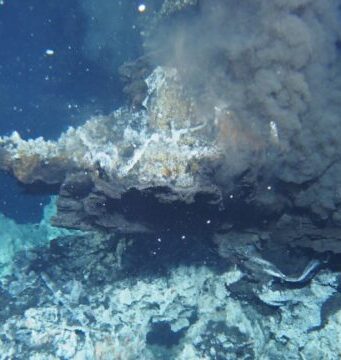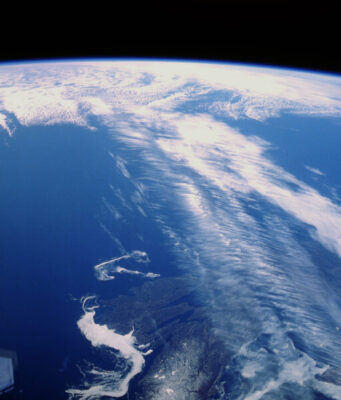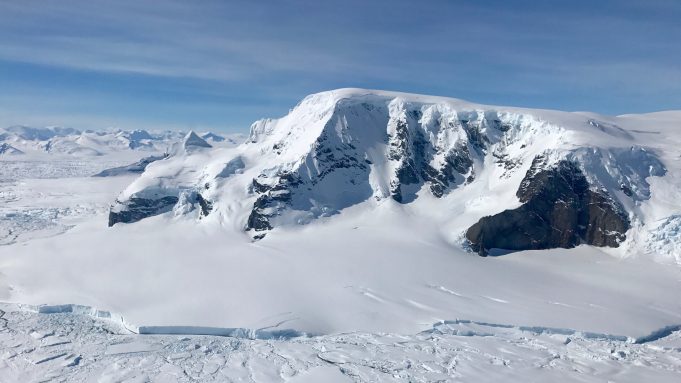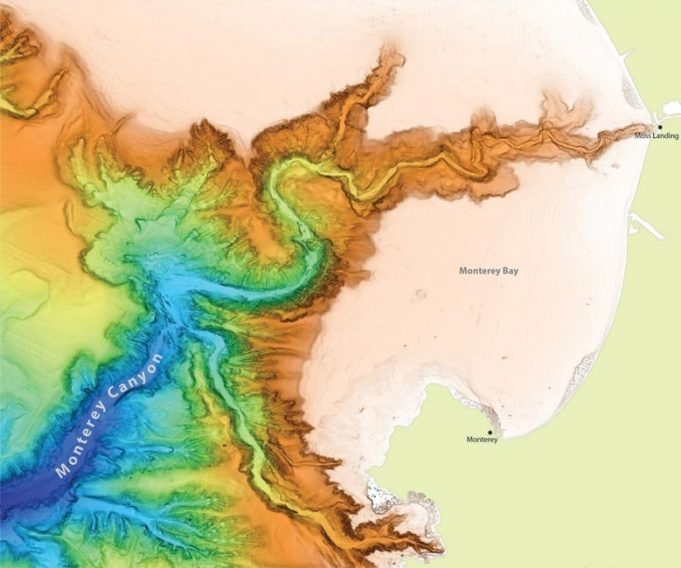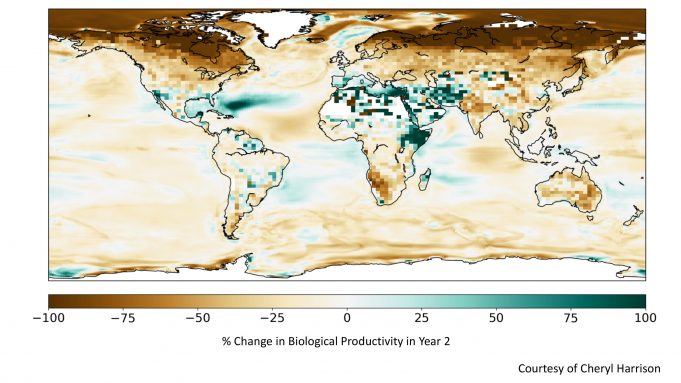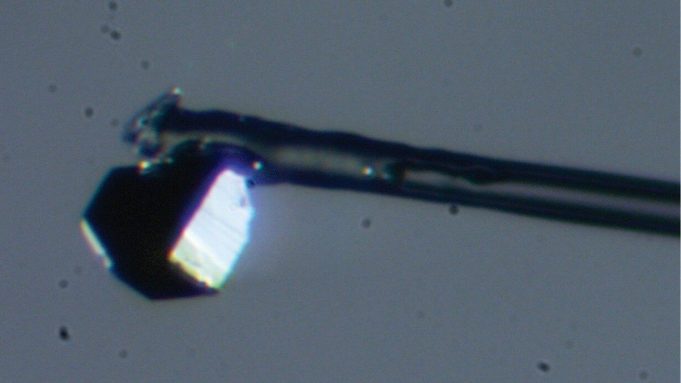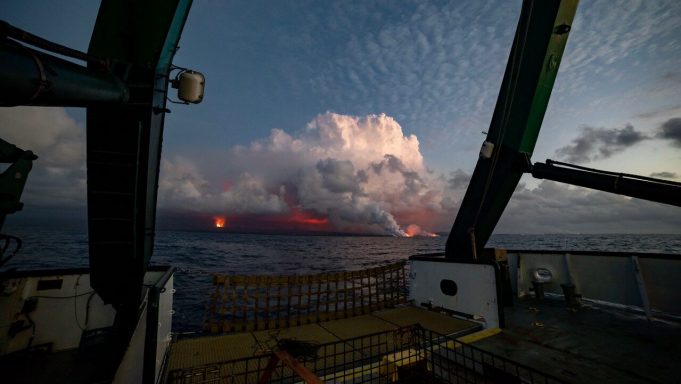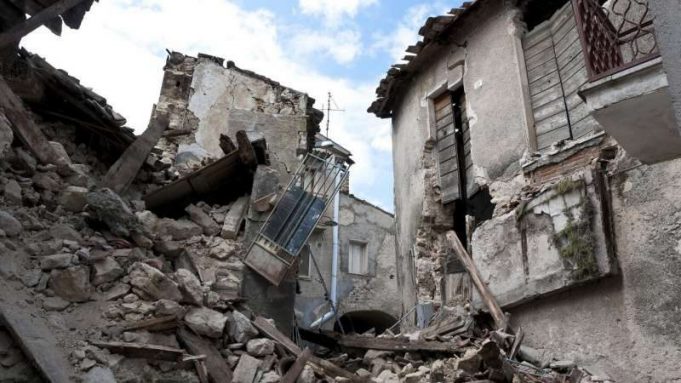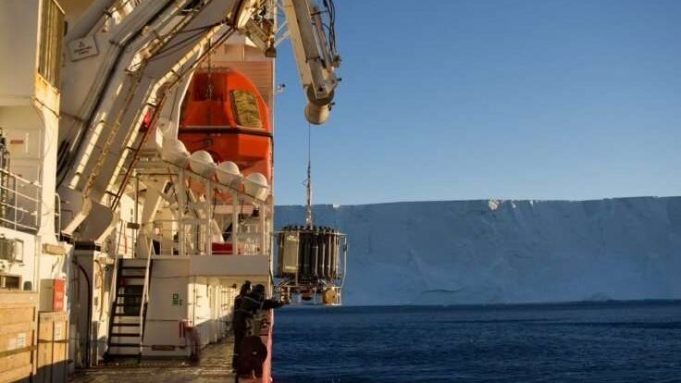When clouds loft tropical air masses higher in the atmosphere, that air can carry up gases that form into tiny particles, starting a process that may end up brightening lower-level clouds, according to a CIRES-led study published today in Nature....
Antarctica's ice sheets are still releasing radioactive chlorine from marine nuclear weapons tests in the 1950s, a new study finds. This suggests regions in Antarctica store and vent the radioactive element differently than previously thought. The results also improve...
Submarine canyons are a final frontier on planet Earth. There are thousands of these breathtaking geological features hidden within the depths of the ocean—yet scientists have more high-resolution imagery of the surface of Mars than of Earth's ocean floor.
In...
A nuclear war between India and Pakistan could, over the span of less than a week, kill 50-125 million people—more than the death toll during all six years of World War II, according to new research.
A new study conducted...
Chemical signatures recently found in rock formations are providing critical insight for understanding the formation of Earth, according to scientists.
An international research team analyzed kimberlites—a type of rock formed by cooling magma that sometimes carries diamonds—from around the world,...
A Ph.D. student at the University of Alberta has discovered a new and curious mineral inside a diamond unearthed from a mine in South Africa.
The mineral—named goldschmidtite in honor of Victor Moritz Goldschmidt, the founder of modern geochemistry—has an unusual...
When Kīlauea Volcano erupted in 2018, it injected millions of cubic feet of molten lava into the nutrient-poor waters off the Big Island of Hawai'i. The lava-impacted seawater contained high concentrations of nutrients that stimulated phytoplankton growth, resulting in...
Researchers studying hydraulic fracturing have answered a longstanding question over how the practice can sometimes cause moderate earthquakes and may be able to use their model to forecast when quakes linked to fracking might occur.
The team of seismologists and...
The supply of dense Antarctic water from the bottom of the ocean to the Atlantic has declined in recent years. However, a new study explains for the first time how since 2014 this has stabilized and slightly recovered due...
A new Columbia Engineering study indicates that the world will experience more frequent and more extreme drought and aridity than currently experienced in the coming century, exacerbated by both climate change and land-atmosphere processes. The researchers demonstrate that concurrent...
Late in the prehistoric Silurian Period, around 420 million years ago, a devastating mass extinction event wiped 23 percent of all marine animals from the face of the planet.
For years, scientists struggled to connect a mechanism to this mass extinction,...


